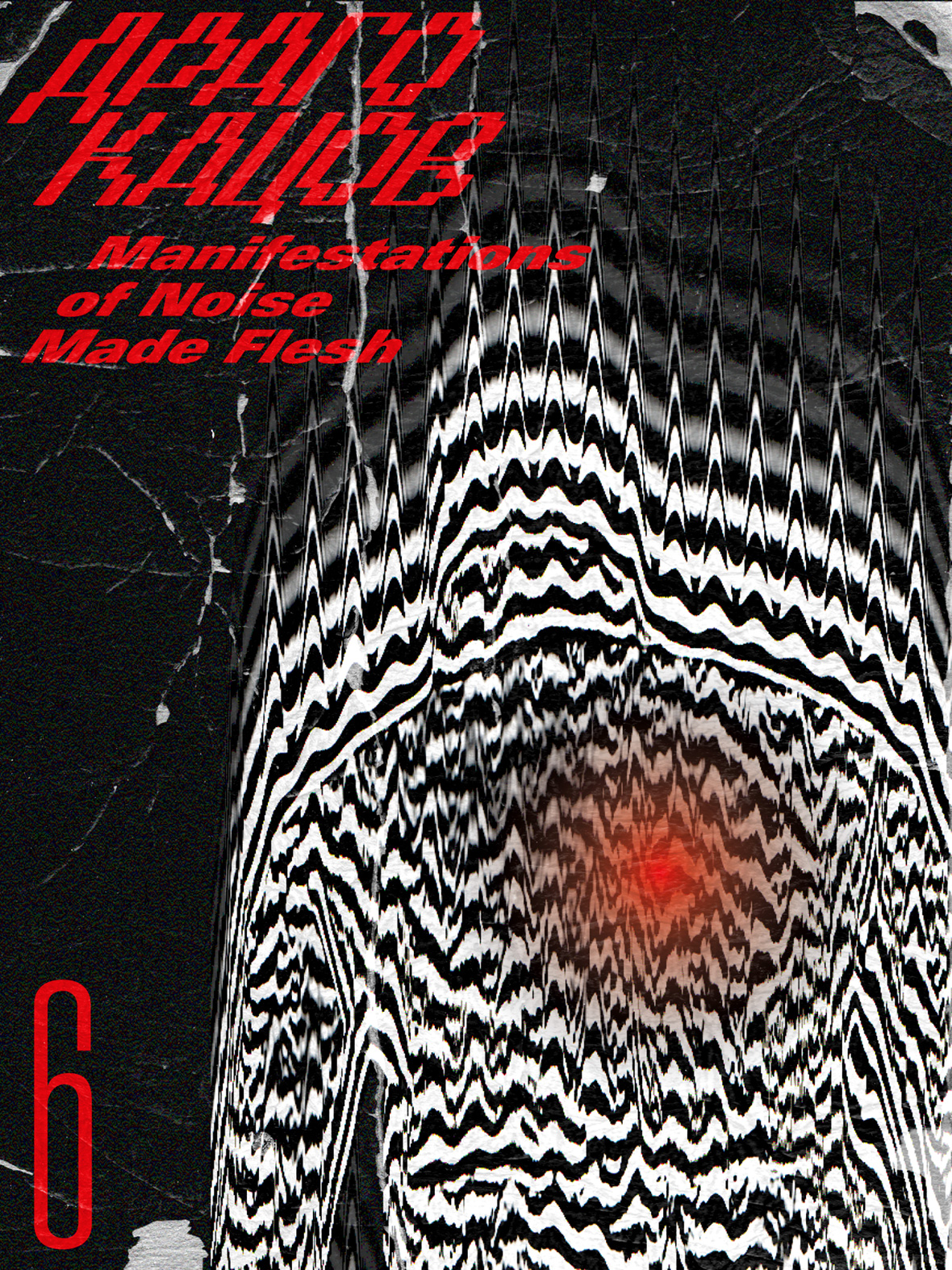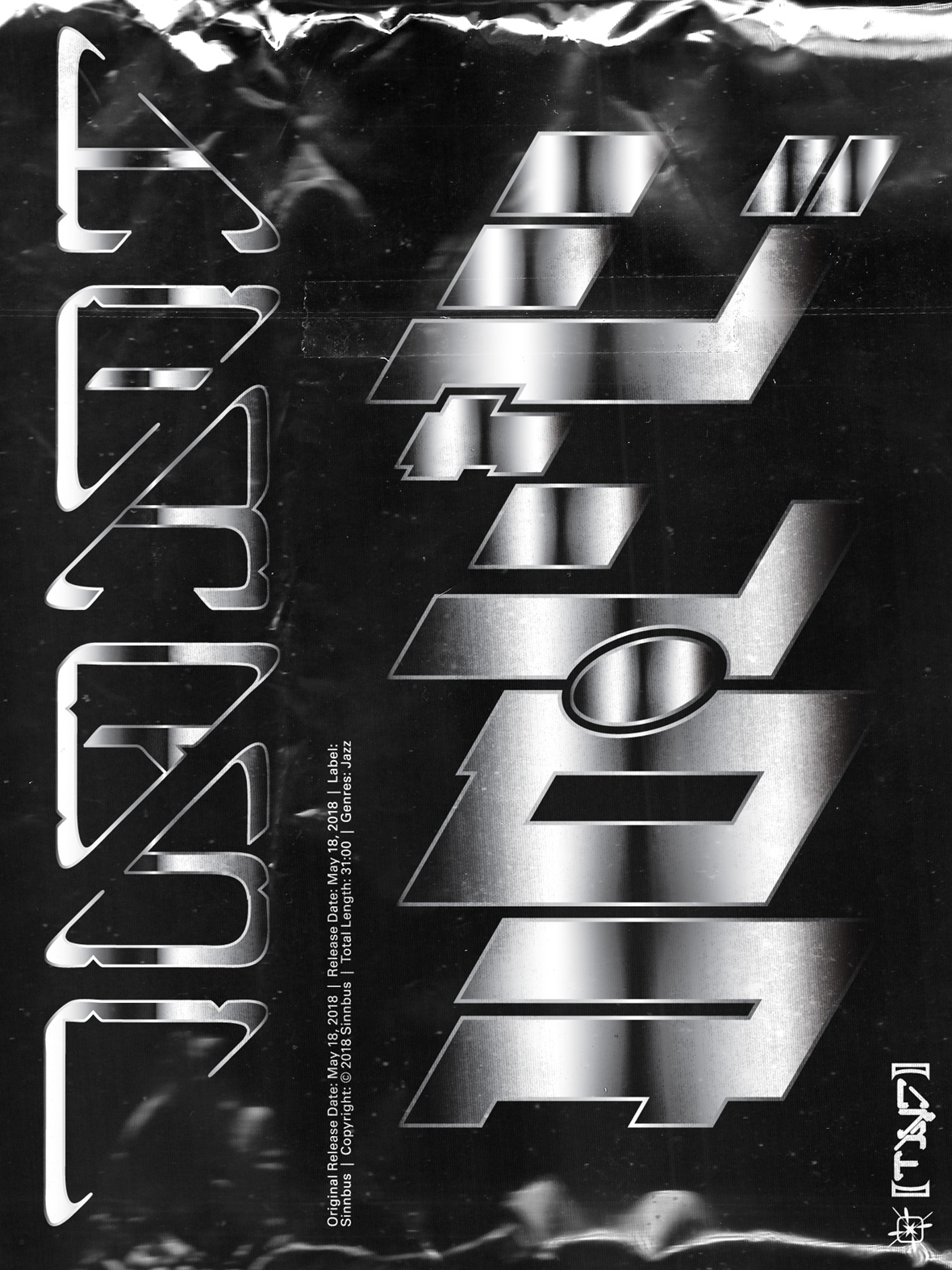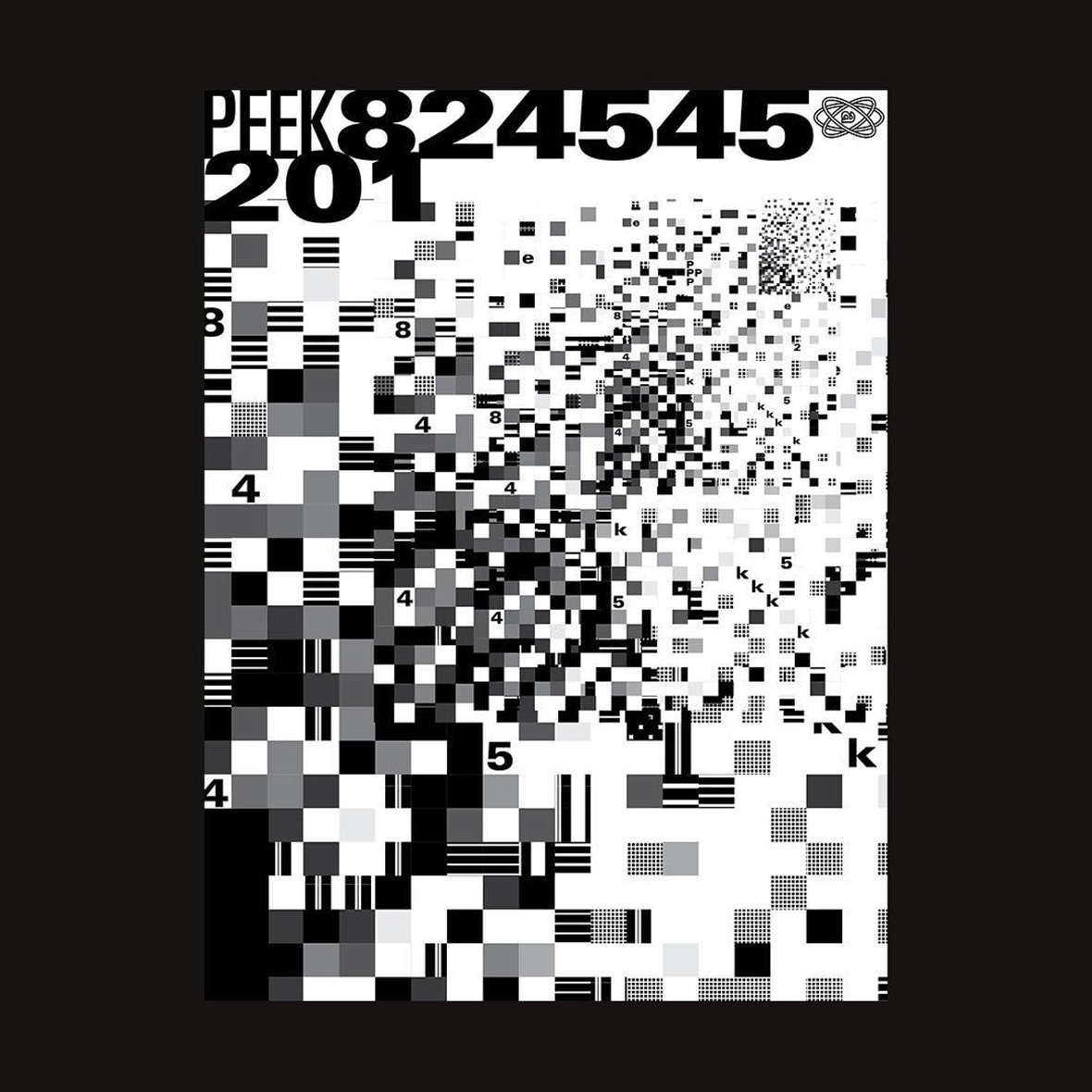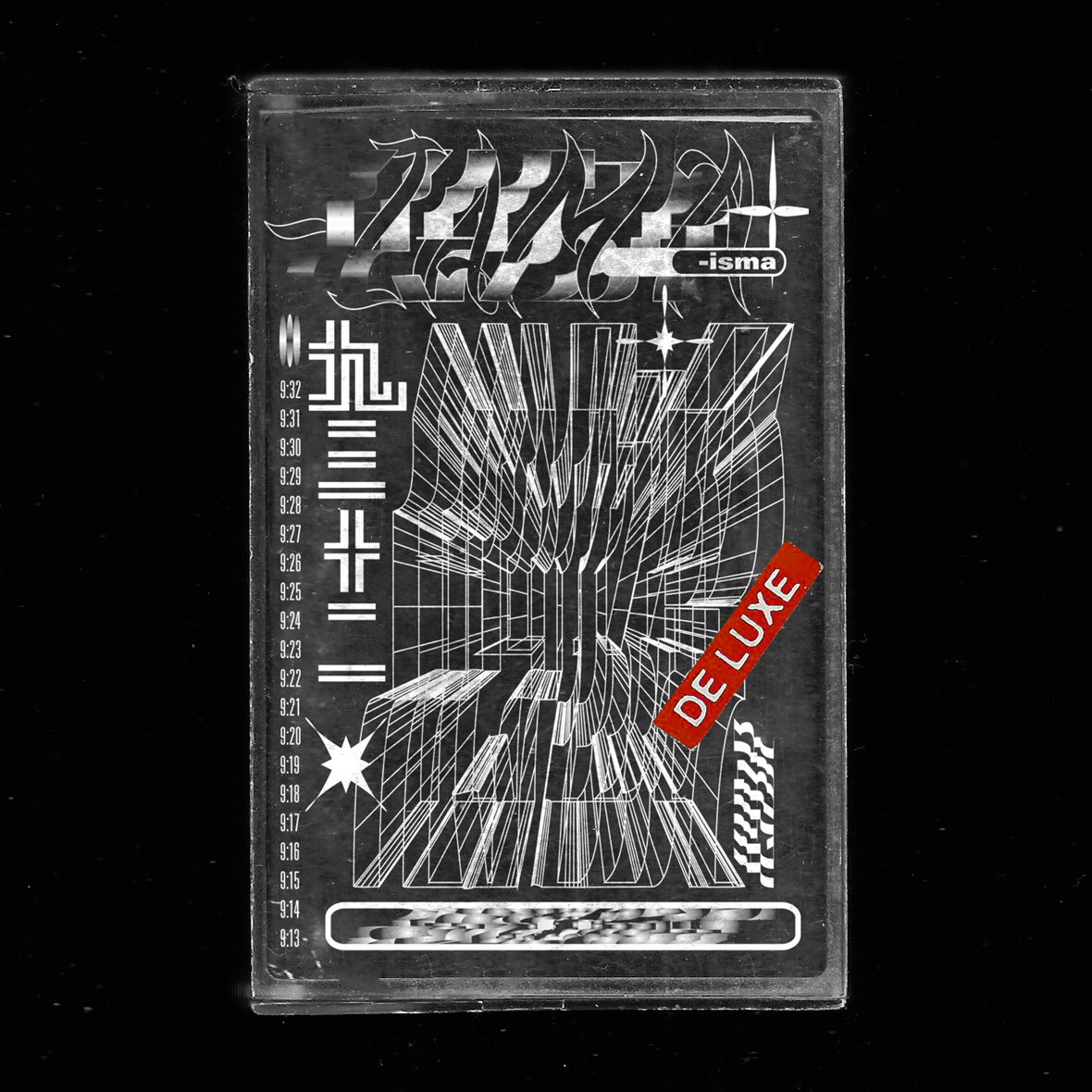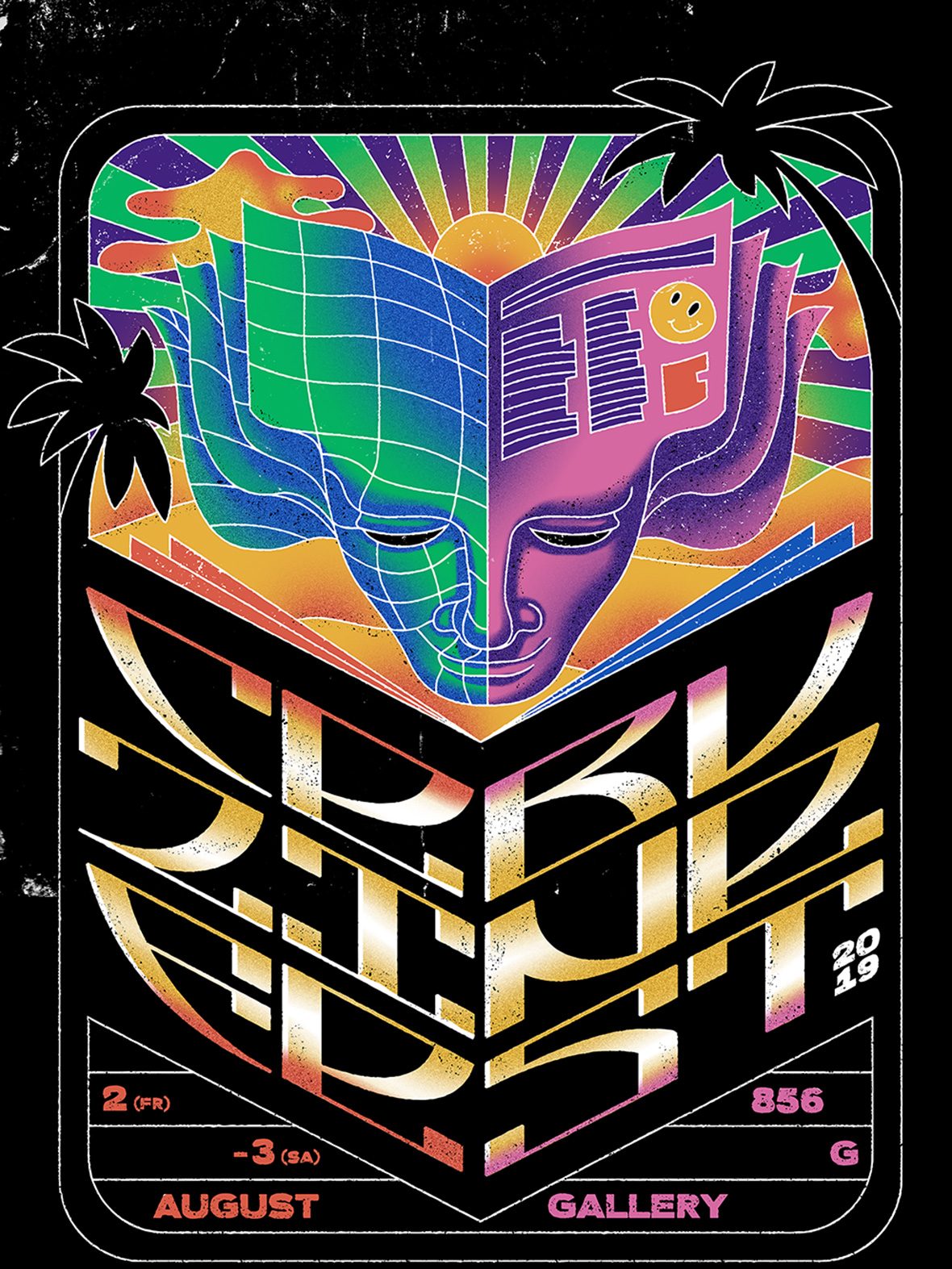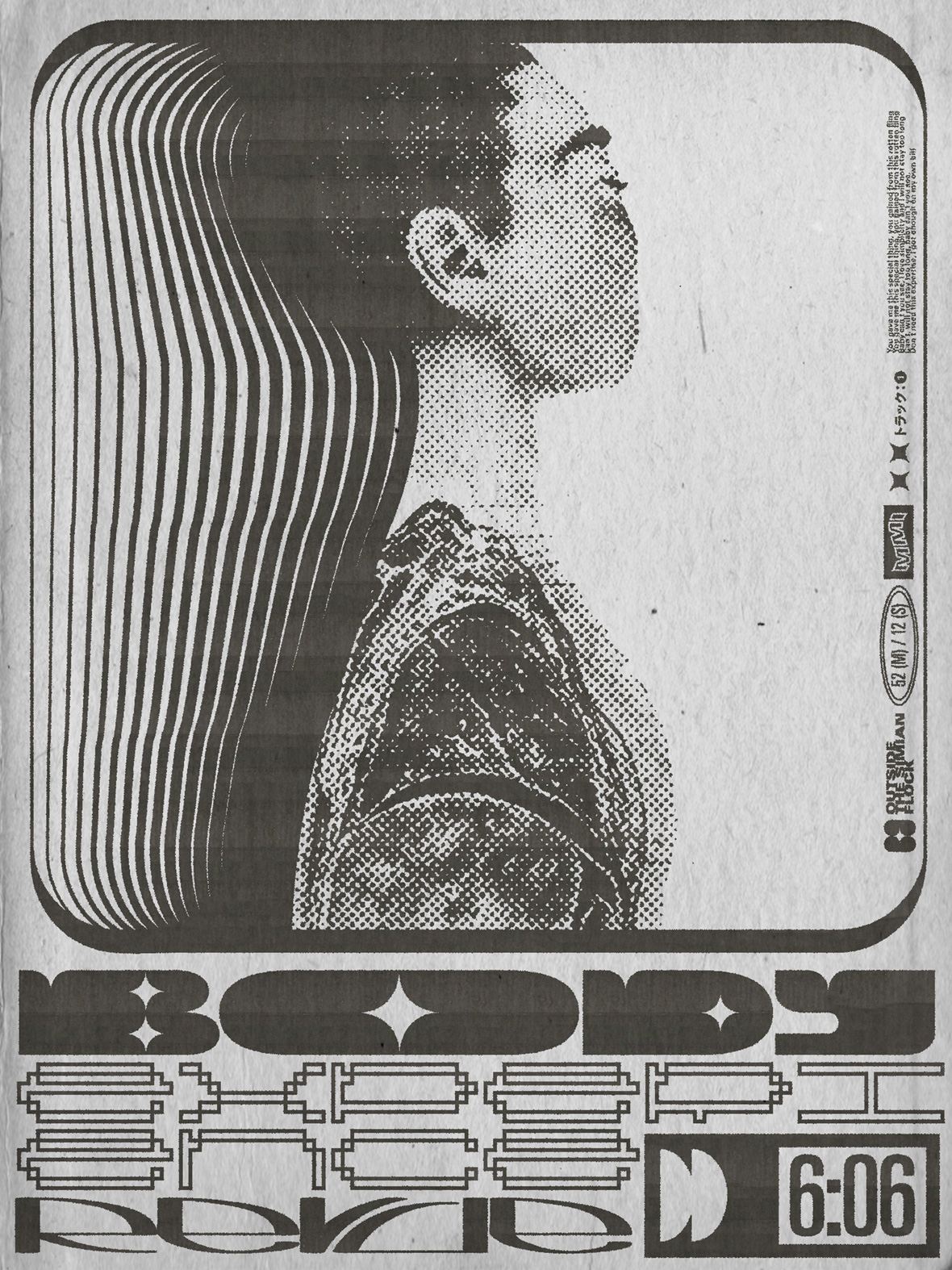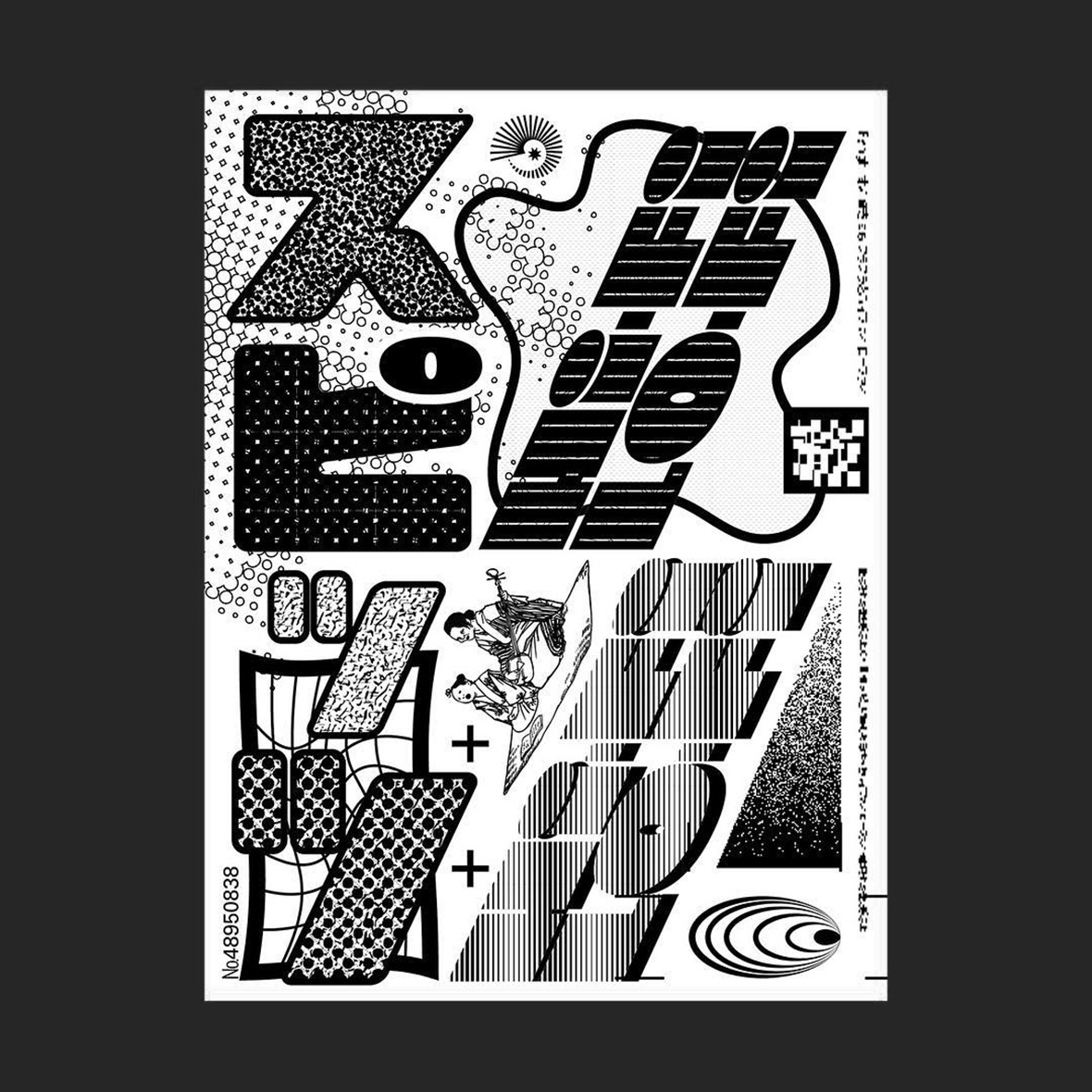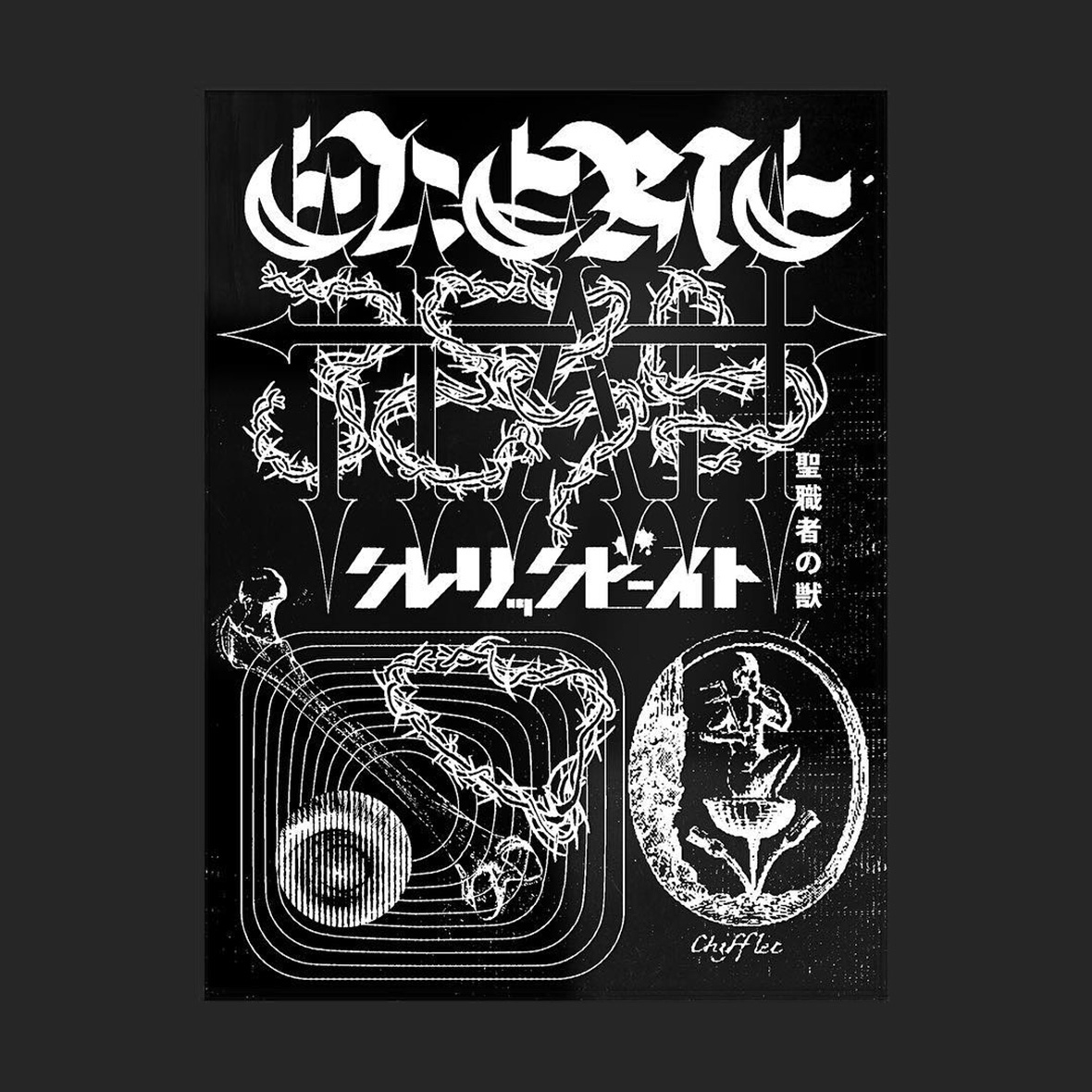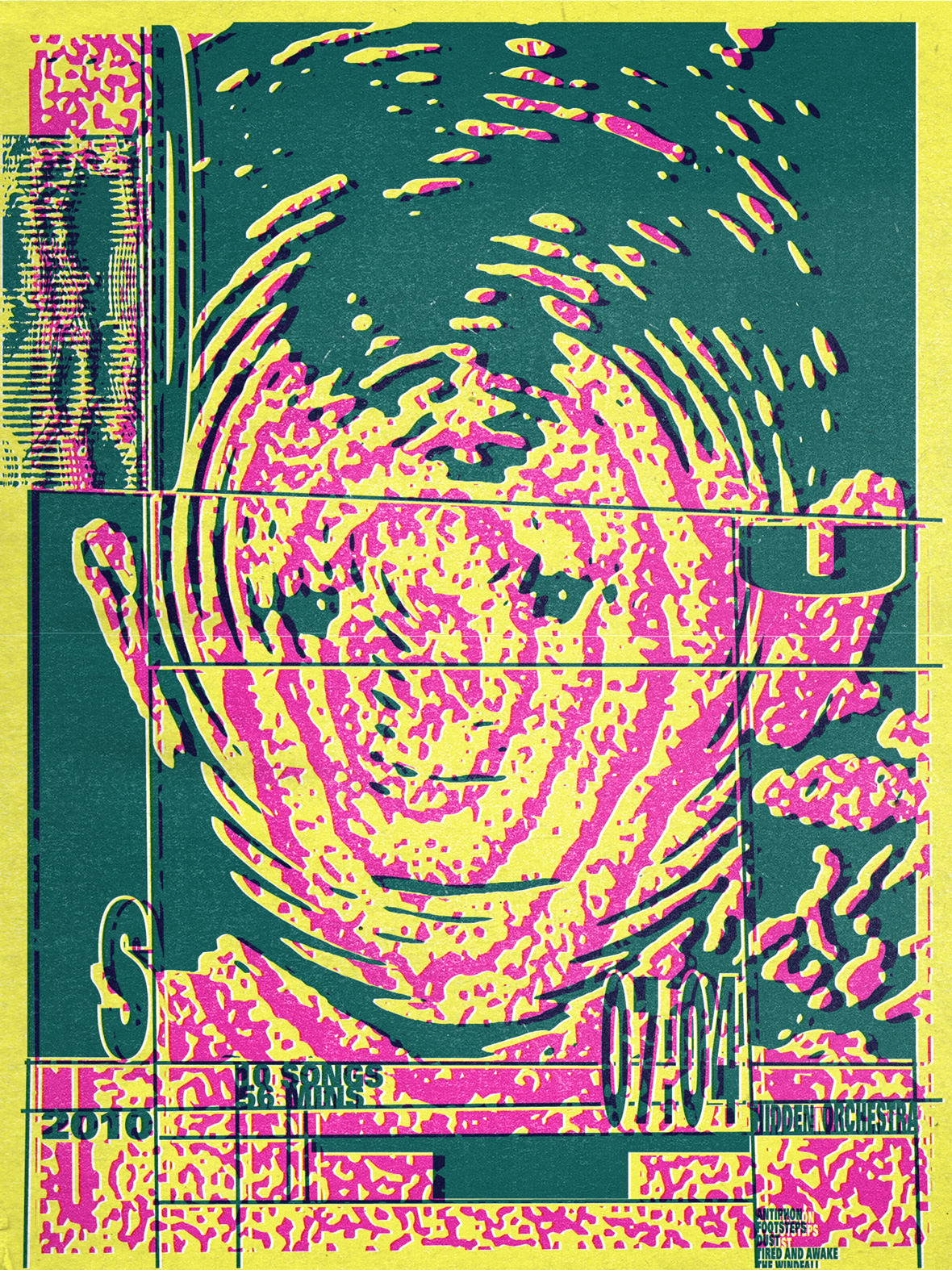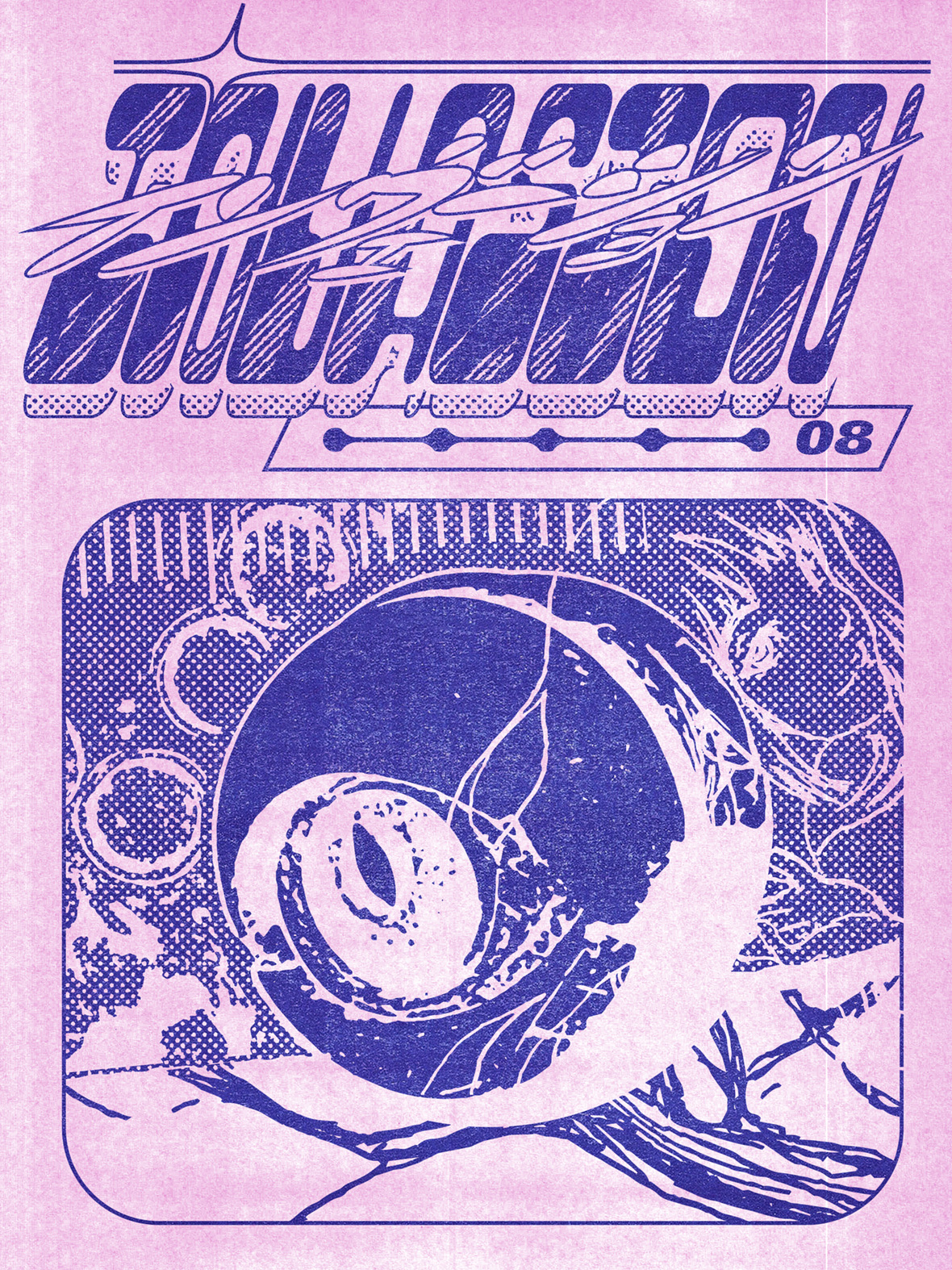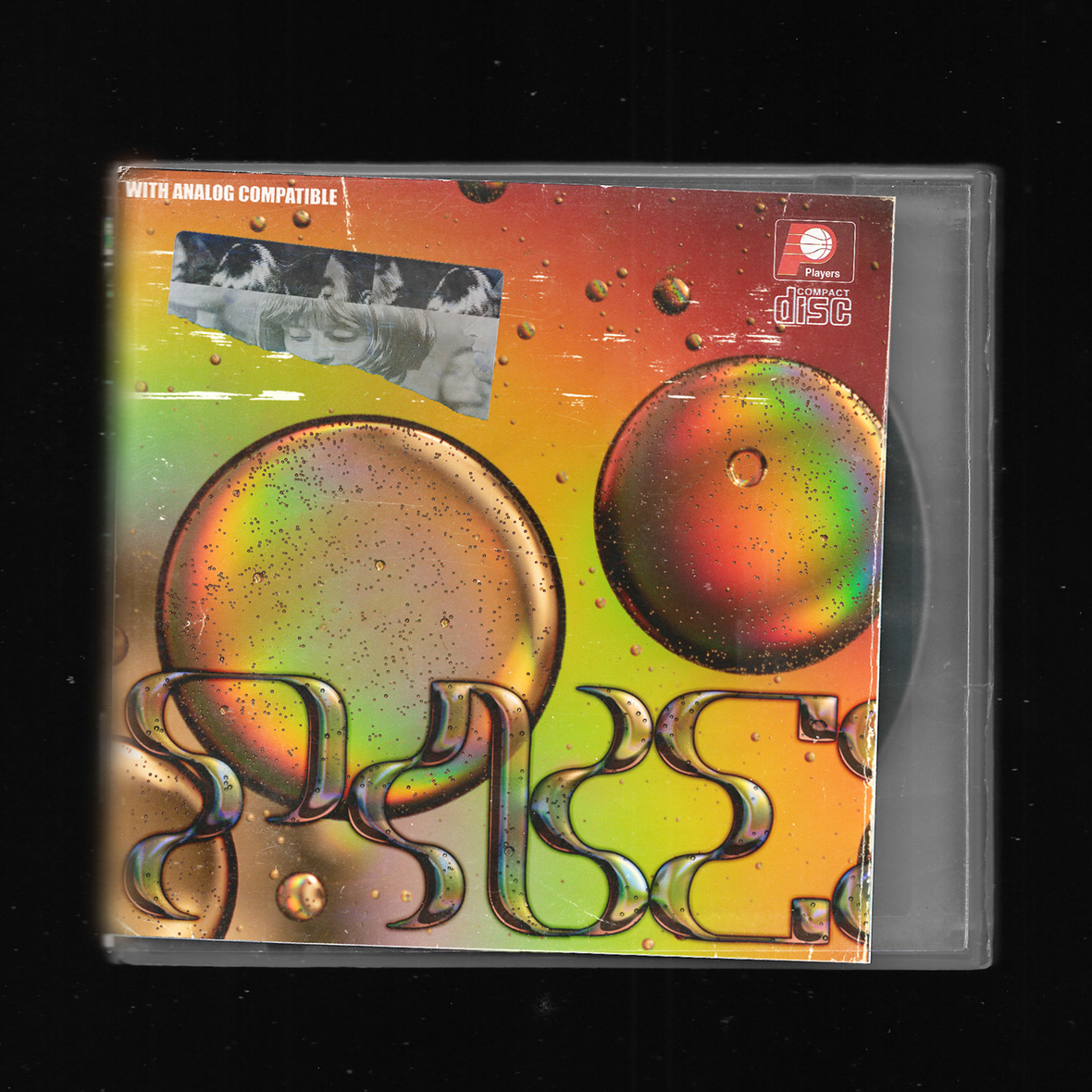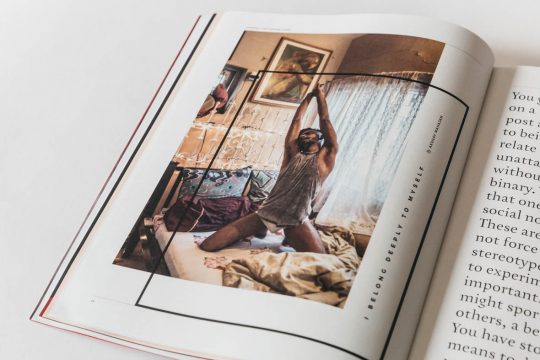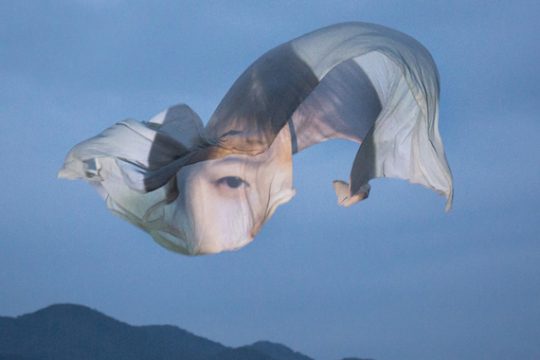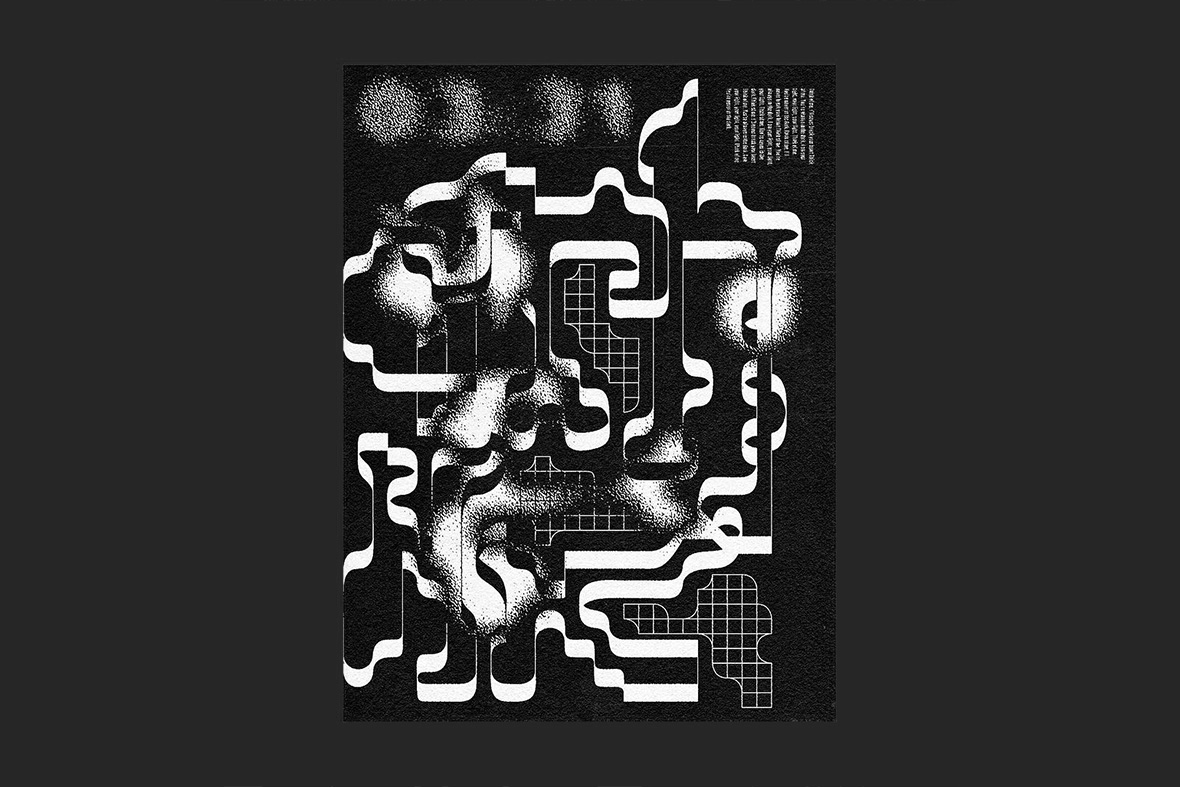
Myka Arnado’s designs overflow with tension, being pulled at from different times, places, and identities. The Filipina’s artwork, created under the alias CMYKa, is a retro-futuristic mash-up of disparate Asian references. Obsolete media formats, such as floppy disks and CD cases, are overlaid with distressed textures, glitched-out humanoids, and a collection of typography that ranges from Chinese and Japanese characters to archaic Filipino scripts and English fonts.
菲律宾艺术家 Myka Arnado(又名 CMYKa)的作品拥有十足的张力,能跨越不同时代、地点与身份。她能在形形色色的亚洲文化元素中提炼养分,混搭出一套酷炫的复古未来主义风格——计算机软盘和 CD 盒等时下流行的老旧媒介层出不穷,施乐印刷般的纹理、扭曲的人体轮廓填充其中,同时揉捏了中、日、菲律宾古体等偏怪的字体样式。
“The truth is that it is so easy to fall back on doing typography in English or the Latin alphabet,” Arnado says. But using different languages allows her a way to explore how her art and design can be separated from the cultural consequences of her country’s colonization. She asks, “Do I strive to create work (if it’s even possible) that’s devoid of colonial influence? What do I fill that void with? Or do I take all the colonial influence I see, reclaim it, and make it my own?” She leaves these questions unanswered but notes that she’s striving to use more local languages with updated styles.
Myka 说:“现在很多人很喜欢用英文或拉丁字母来做设计。但我希望能通过不同语言,在艺术创作和设计中摆脱菲律宾殖民文化的刻板观念。”创作中,她常常问自己:“如何不受殖民文化影响?如何用设计来填补亚洲文化在平面设计领域的缺失?还是接纳殖民外来文化,重新定义过去并推陈出新?”对于 Myka 来说,这些问题还在创作中摸索,但可以明确的是——她正努力在创作中尝试多种亚洲文字,打造全新的风格。
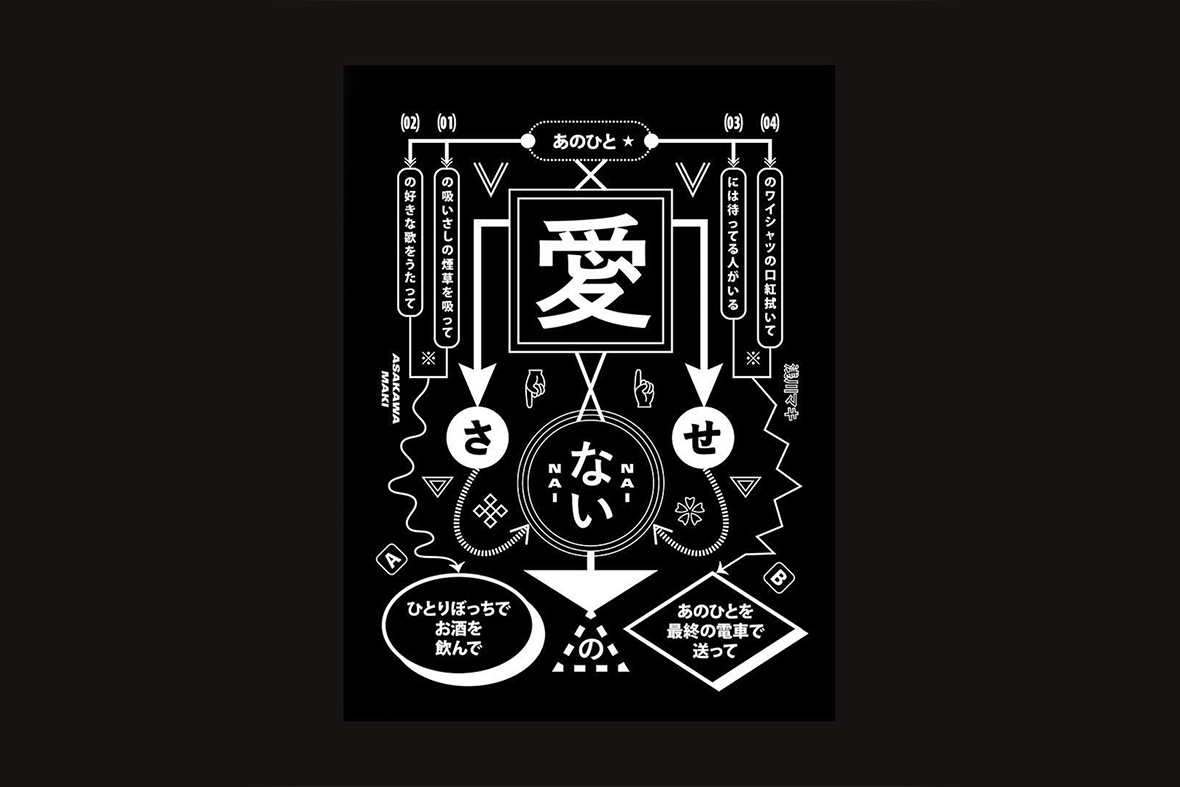
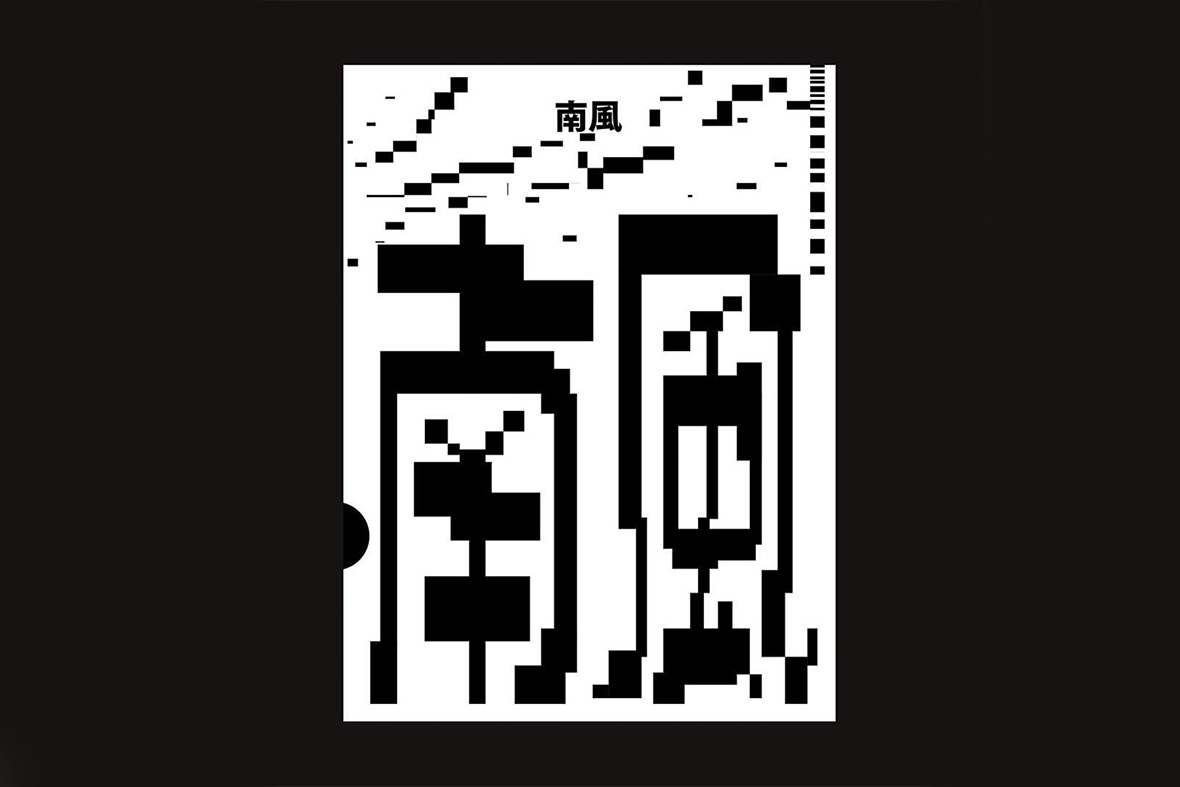
Baybayin was an abugida script widely used across the Philippines before the Spanish arrived and colonized the country. Recently, it’s found a resurgence of interest, with official street signs offering Baybayin transliterations and artists’ experimenting with it. Although it hasn’t been widely understood for centuries, its cultural value is cherished, and Arnado has been applying futurist touches to the ancient script. “It’s a fun exercise to speculate what Filipino graphic design would look like had we never been colonized.”
In addition to decolonizing her work, Arnado is also pushing to elevate her local heritage among her kabayan, or fellow Filipinos. Born in Cebu City in central Philippines, her culture is often overshadowed by her Tagalog neighbors to the north. English is her first language, but Cebuano is her mother tongue: “Filipinos across the country have to learn Tagalog for most of their student life, while not getting to formally study their mother tongue,” she says. “This can limit one’s ability to engage in discourse and express themselves in their own language.” She points to the prevalence of Tagalog in Filipino music as evidence of the language’s dominance in the country.
除了“去殖民化”的创作理念,Myka 还努力在菲律宾推广本地传统文化。她出生在位于菲律宾中部的宿务市,该市北方地区的 “他加禄文化” 备受社会关注,而当地本土文化却常被人忽视。在家乡宿务,英语虽然是 Myka 的第一语言,但宿务语才是她正儿八经的母语,她说道:“在菲律宾,大家在学生时代都会学习他加禄语,所以没什么机会去好好学习母语,这间接影响了人们用母语交流和表达的能力。”她举例指出,菲律宾当代流行音乐大多以他加禄语为主,这证实了他加禄语在菲律宾的统治地位。
注 1:他加禄,是菲律宾的一个民族,人数约为3000万,为继米沙鄢人之后菲律宾第二大本地民族,也是菲律宾各民族中经济、文化最发达的民族。
注 2:菲律宾宪法规定的官方语言有两种,英语和他加禄语。除此之外,菲律宾还有上百种语言,其中包括了宿务语、伊罗卡诺语等等。
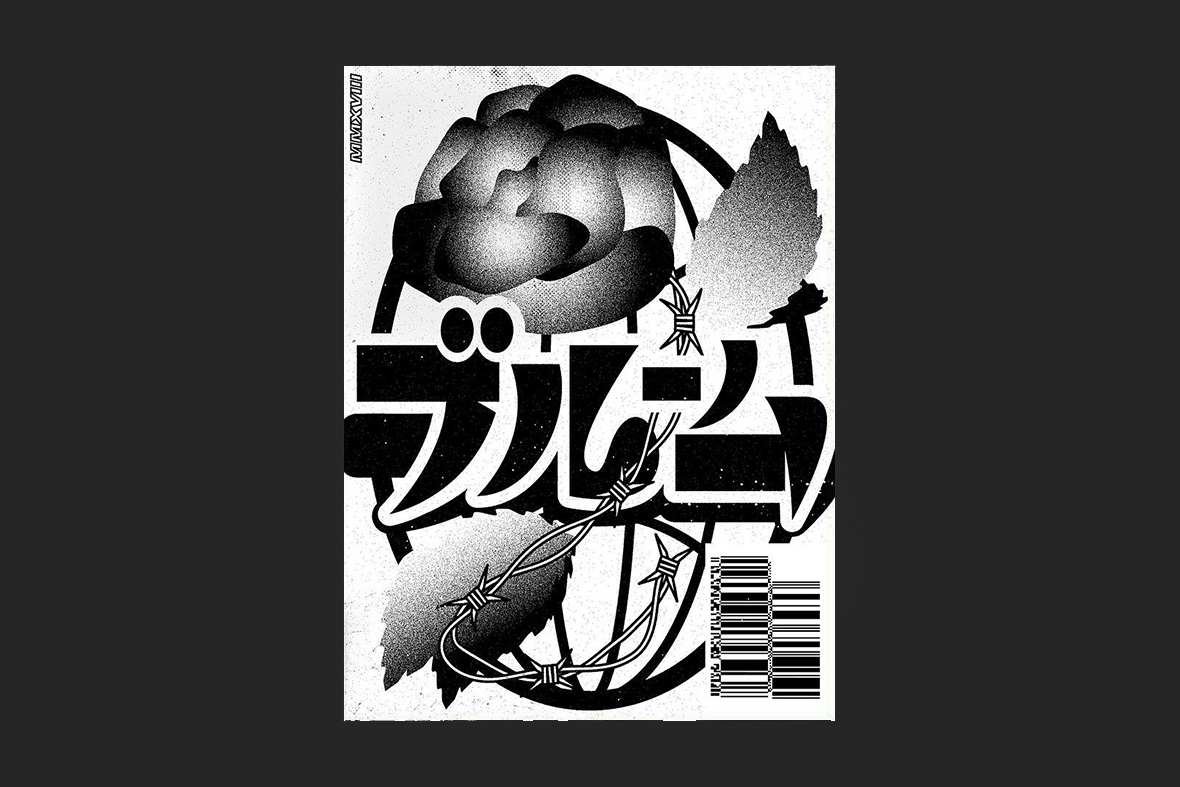
Arnado’s incorporation of Japanese and Chinese characters is a way to further expand beyond the Latin alphabet: “Although Baybayin is closer to Indian scripts than Japanese, using Japanese helps me in how I approach and design with Baybayin,” she reasons. Arnado has also studied both languages; her Filipino-Chinese high school required students to learn Mandarin and Hokkien (the language of ethnic Chinese-Filipinos), and she took Japanese classes in university before doing postgraduate studies in Tokyo.
至于作品中的日文和中文,Myka 则希望能进一步拓展亚洲文字在平面设计领域的可能性。她解释道:“贝贝因文和日文大有不同;在尝试日文设计的过程中,我发现日文对贝贝因文字设计的探索也有很大帮助。” 而事实上,Myka 对这日文和中文都有所研究。她曾就读于中、菲双语高中,学校要求学生学习汉语和闽南语。而在大学期间,她也曾上过日语课,后来还去东京深造硕士学位。
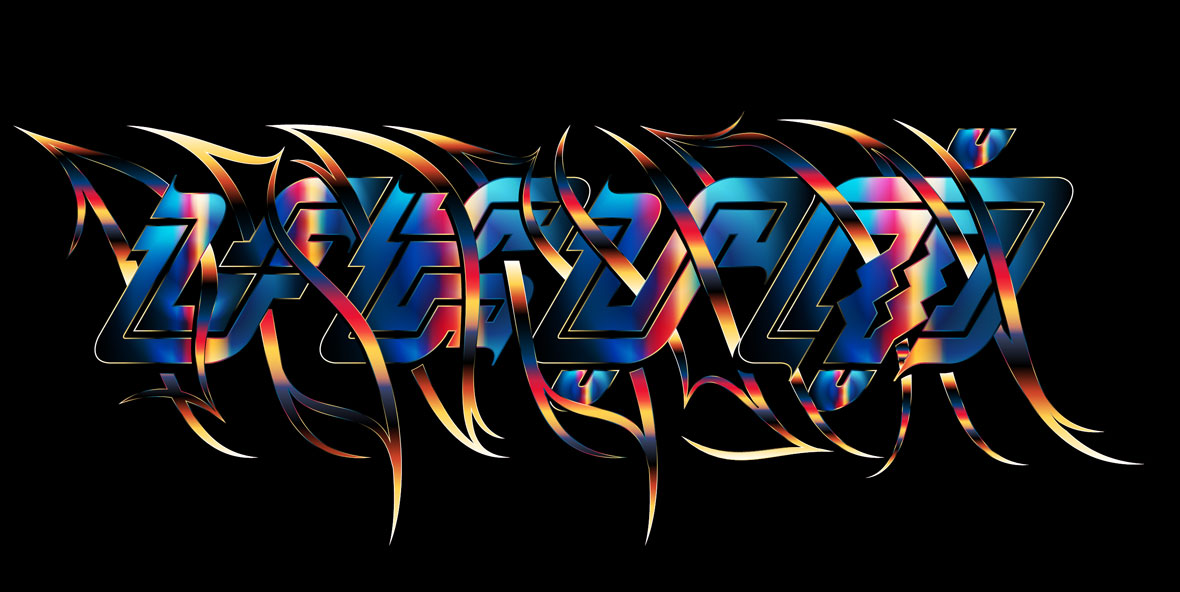
Although the vast majority of the typeface in her work is original, she rarely expands her lettering into full fonts for public use. After considering the functional needs of a project, she decides, “if the type style will organically evolve from shapes, be a new take on an existing style, have to convey a concept, or be evocative of a feeling.” If it’s not necessary for the text to be easily legible, she enjoys treating letters like abstract shapes in a composition.
尽管作品中的绝大多数字体都由她原创设计,但她很少将自己设计的字体完善成字体库,供大众使用。在顾及项目功能的基础上,她需要考虑字体能否在形状的基础上进行适应,从而对现有的字体风格进行全新演绎,让文字传达出某种概念,或唤起某种特定的文化记忆。如果作品中的文字没有被辨识的必要,她就会把文字当作抽象图形来进行处理。

While she’s worked with globally known brands like Nike and Uniqlo, Arnado also jumps at the chance to work with Filipino brands such as Tropical Futures, Revere Clothing, and triART. “Working with local brands is awesome because the work you turn out contributes to pushing the scene, and it helps enrich the discourse surrounding Filipino graphic design and identity. Similarly, working with international brands is wonderful because you get to represent Filipino design and bring it to a global audience.”
如今,Myka 已与耐克、优衣库等全球知名品牌合作,同时也与菲律宾本地品牌保持紧密联系,其中就包括了 Tropical Futures、Revere Clothing 和 triART 等本土潮流服饰品牌。“我希望能为本地的艺术发展做点什么,帮助提升本土品牌的文化知名度;但同样的,我也很乐意与国际品牌合作,这样就可以把菲律宾本土的设计推给全世界的观众。”
Like our stories? Follow us on Facebook and Instagram.
Instagram: @cmyka.type
Contributor: Mike Steyels
Chinese Translation: Olivia Li

